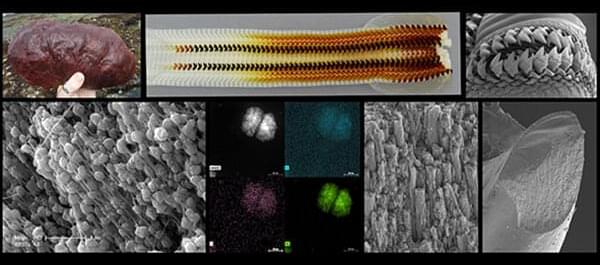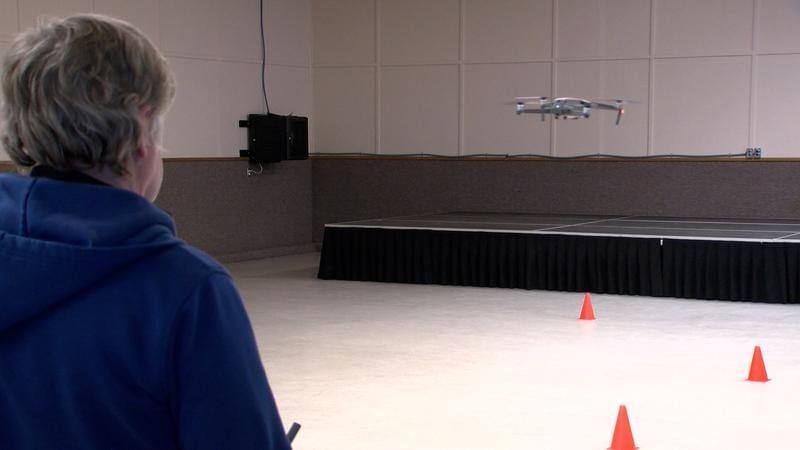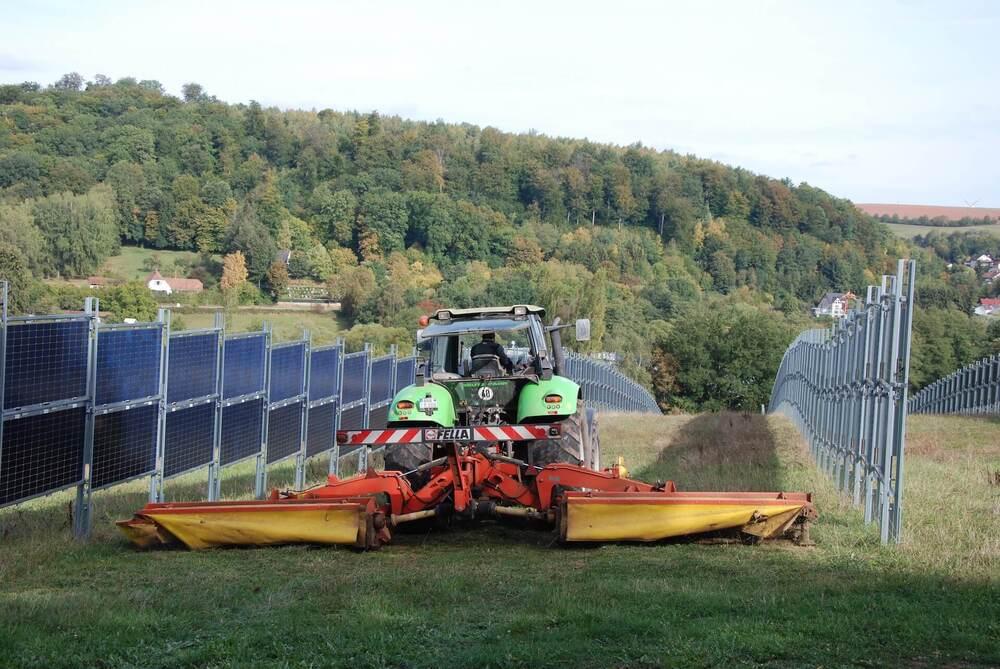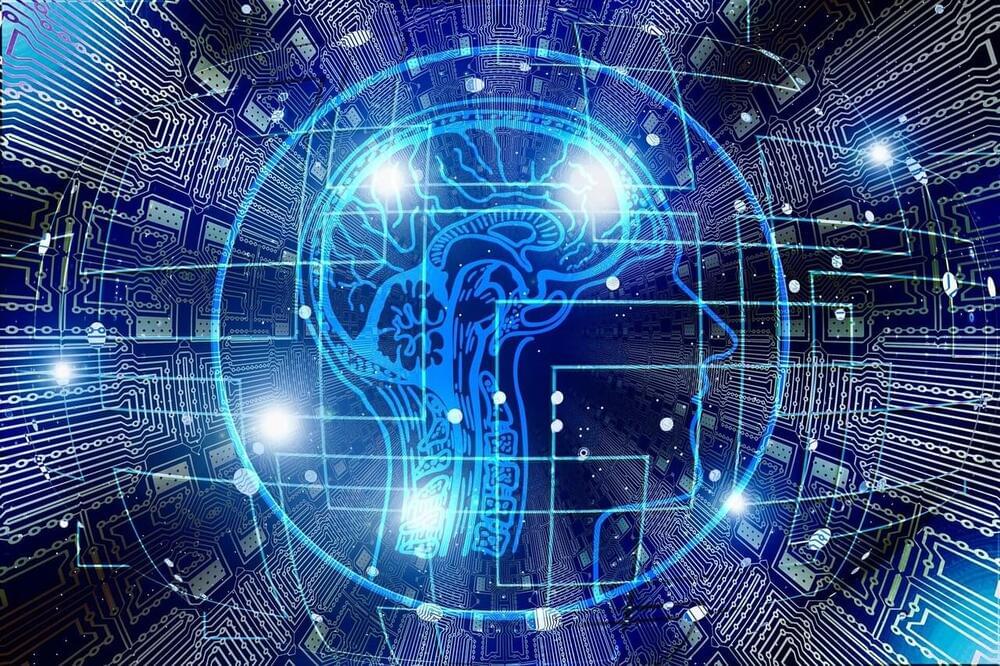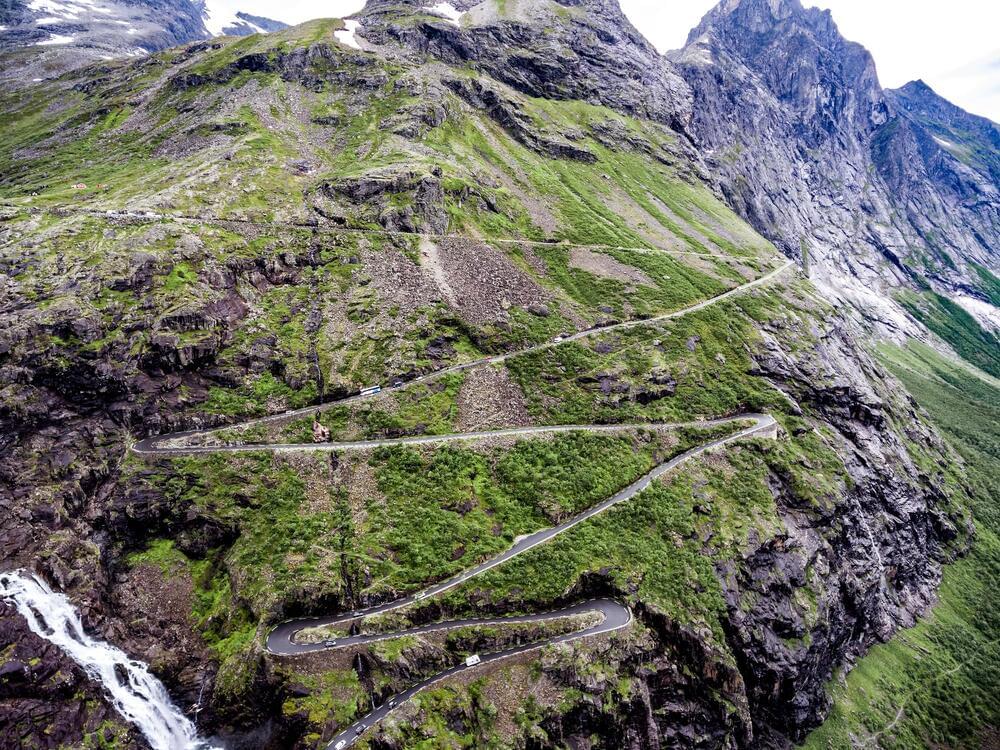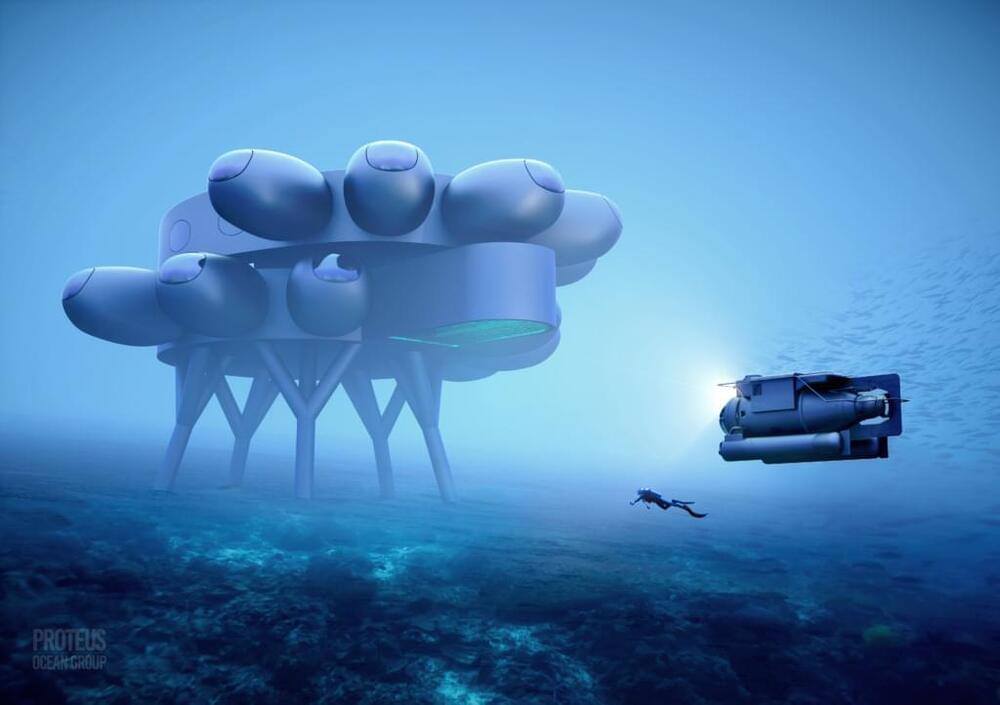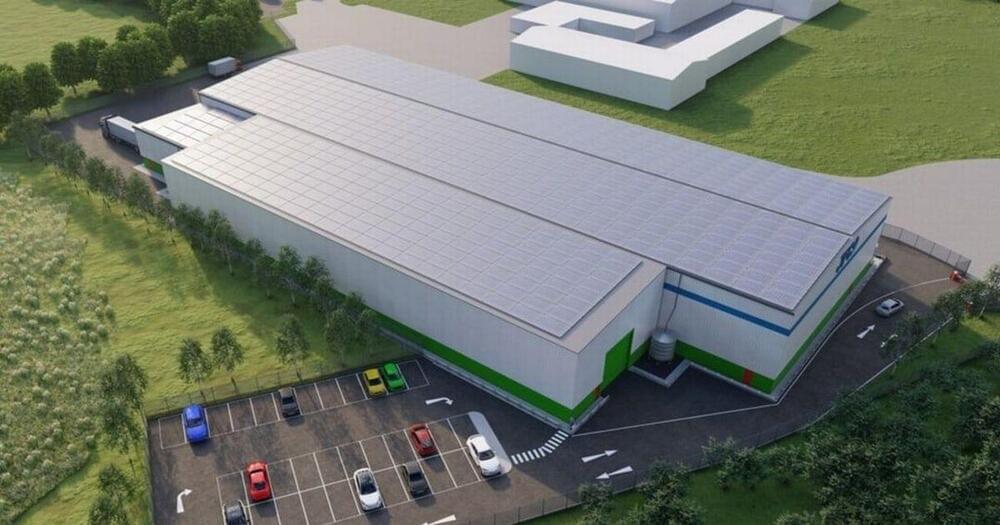As the U.S. corporate world continues its withdrawal from Russia due to the invasion of Ukraine, a growing stigma against anything Russian is reverberating in Silicon Valley as tech start-ups and venture capital firms reassess their exposure and limit risks.
DoorDash and GrubHub recently cancelled deals with now-shut U.S. food delivery start-ups launched by Russian founders. The Massachusetts Institute of Technology pulled out of a multi-year partnership with Moscow’s Skolkovo Institute of Science and Technology, while Index Ventures halted further deals in the country.
For Silicon Valley, the issues with Russian business run to the heart of immigrant founder-led culture and a global world of institutional investors that in recent years sought more access to top VC ideas.
